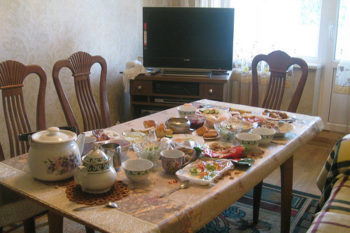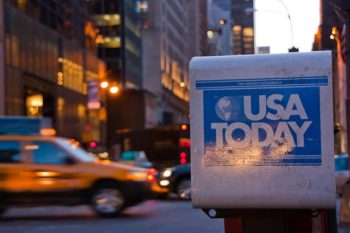
What language or languages are used within a country is a complicated issue. Sometimes there are strict rules in order to preserve a language and sometimes it is simply historical happenstance. It is also interesting to note that many countries do not have language policies. We may assume that the language most people speak in a country is the official language but there is not always legislation to prove that. For instance, the United States does not have a nationwide declaration of an official language (State by state legislation may differ). English is only the lingua franca. Surprising, isn’t it?
In the case of New Zealand, we do have an official language policy. In fact, we have three languages. Can you guess what they are? One hint can be that the first people to arrive in New Zealand, also known as Aotearoa, were the Māori and the next to arrive were the Pakeha (Europeans). So, two of our official languages are Te Reo Māori and English (technically English is a de facto official language because of it’s widespread use rather than by written policy). Our third official language is New Zealand Sign.
Most New Zealanders use a few Te Reo words in everyday life. If you feel hungry, you may want to get some kai. After the Christchurch earthquakes began people started collecting koha (precious gifts, usually money) to help those in need. And at work, you may need to attend a hui or meeting, on occasion. And everyone likes to say kia ora (hello) when they see someone.
If you are keen to learn some NZ Sign, there is a great online dictionary that you can use at the NZSL website. And, as for English, well you are already reading it, aren’t you?




